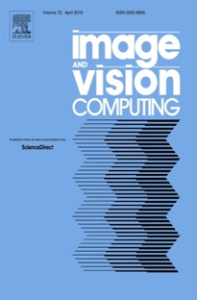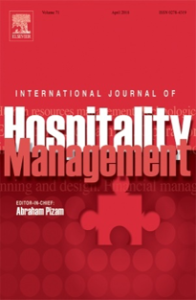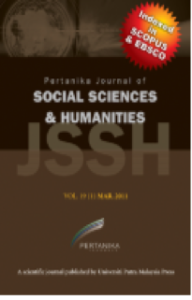What are "high-impact journals?"
Many SRP scientists have published their findings in “high-impact journals.” High Impact Journals are those that are considered to be highly influential in the respective fields.
The impact factor (IF) or journal impact factor (JIF) of an academic journal is a measure reflecting the yearly average number of citations to recent articles published in that journal. Impact factors are calculated yearly starting from 1975 for journals listed in the Journal Citation Reports.
Is the impact factor important?
Impact factor is frequently used to evaluate the relative importance of a journal within its field and to measure the frequency with which the “average article” in a journal has been cited in a particular time period. A Journal which publishes more review articles will get a higher Ifs.
What is considered a high impact factor?
The higher the impact factor, the more highly ranked the journal is. It is a tool you can use to compare journals in a subject category.



What we can offer our clients to get their papers published in high impact journal
To get your paper published, the first step is to get your abstract written clearly and within the word limit that is asked for. Remember that the title and abstract should be able to fully represent your article. It should briefly introduce the topic, state the problem that the paper is trying to address, summarise the main findings and then give a perspective on possible benefits of these findings. Write original and innovative research that adds to the field of study and your conclusions must be sound and based on sufficiently strong data. The more original and innovative your research, the more people will be interested in your paper. Additionally, do consider whether your research is of interest to a local, regional or international audience. Identifying your audience is a major aspect in selecting the right journal to submit your paper to. All in all, you must make sure that:
- Your results directly support your conclusions.
- You use specific expressions and quantitative descriptions based on your field of study.
- You only discuss what you defined early in the paper. Do not introduce any new vocabulary. However, if you missed an important term then go back to the introduction and mention it.
- All interpretations and speculations are based on fact, not imagination.
